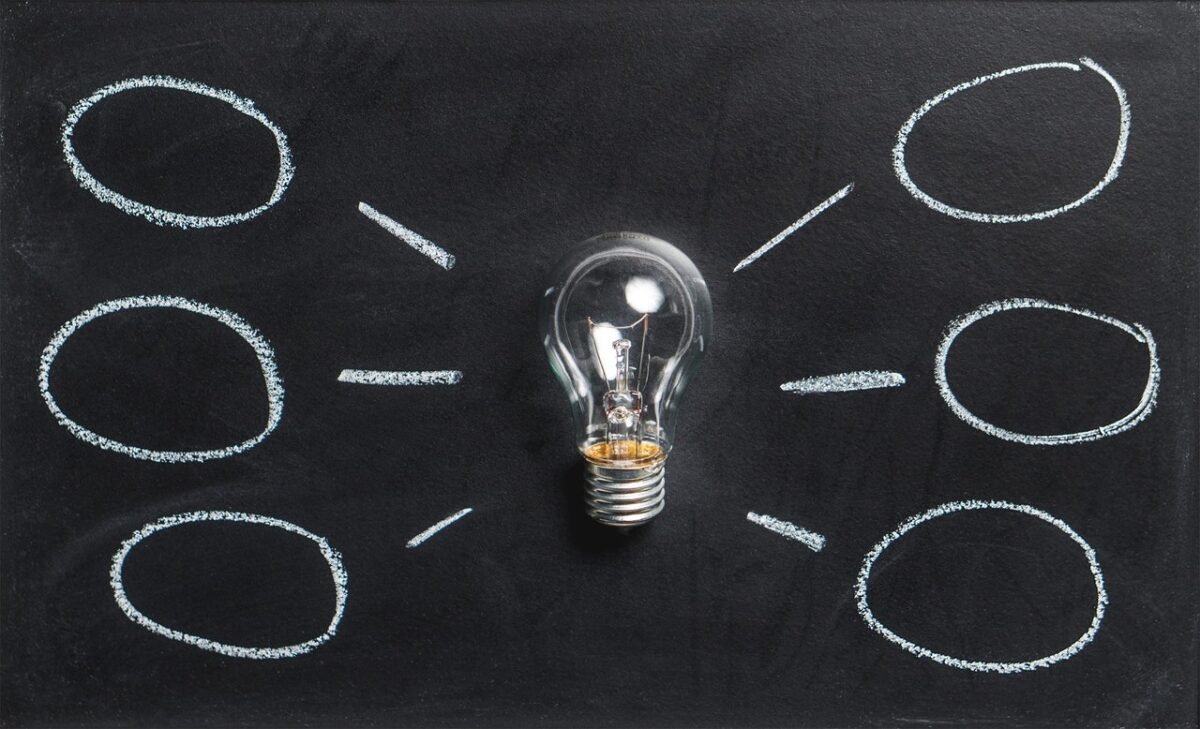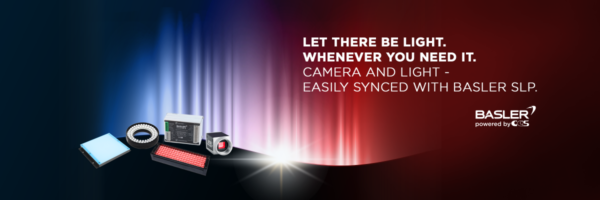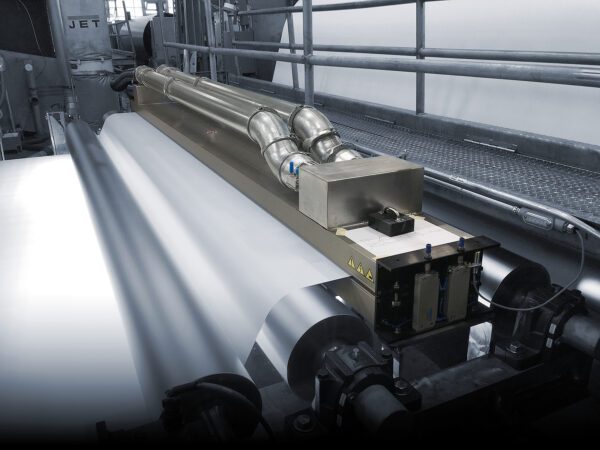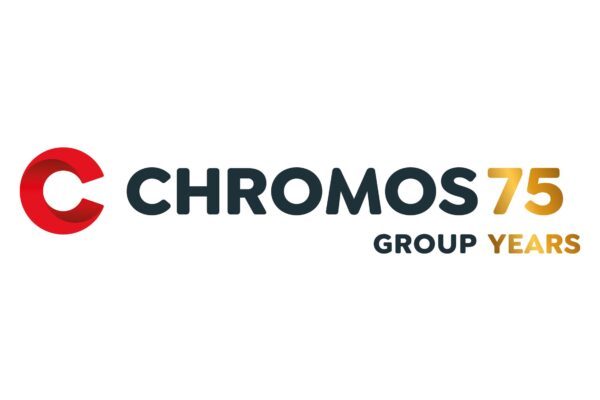We are coming across deep learning more and more often. Almost every industry magazine, every online magazine and many newsletters write about it. You have probably heard or read about it too.
It is often only clear that deep learning exists and what successes can be generated with it. Perhaps you are wondering whether you too can use deep learning and what options are available to you. After all, who wouldn't want to further improve their productivity and the quality of their products?
We would like to give you an overview of how deep learning works. Afterwards, you will also find out whether it is possible for you to use it.
Deep learning is part of machine learning
In short, deep learning is part of machine learning. Machine learning is a generic term for machine pattern recognition. Similarities are determined from various data sets using an algorithm. However, pattern recognition with this algorithm is often problematic if the data has many dimensions or too little data.
Deep learning systems consist of so-called neural networks. They can cover several dimensions simultaneously and are ideal for recognizing and classifying objects. In these applications, several features should be recognized and assigned in fractions of a second.
These artificial neural networks are modelled on the human brain, which consists of natural neural networks.
Dimensions are defined as the many different features, among other things. For example, an apple has at least the shape, the color and the stem as dimensions.
How does deep learning work?
Deep learning consists of various possible networks for recognizing and classifying patterns. In the field of machine vision, the concept of deep convolutional networks (DCN) is usually used. The DCN is ideally suited for image analysis.
High-dimensional recognition tasks are possible with such a DCN. The network for classification is preceded by a network for dimension reduction, as not all dimensions are always necessary for recognizing the product. This network reads the image data pixel by pixel in certain sectors that overlap with each other. Only then is the data classified in another network.
This is what a DCN looks like in theory:
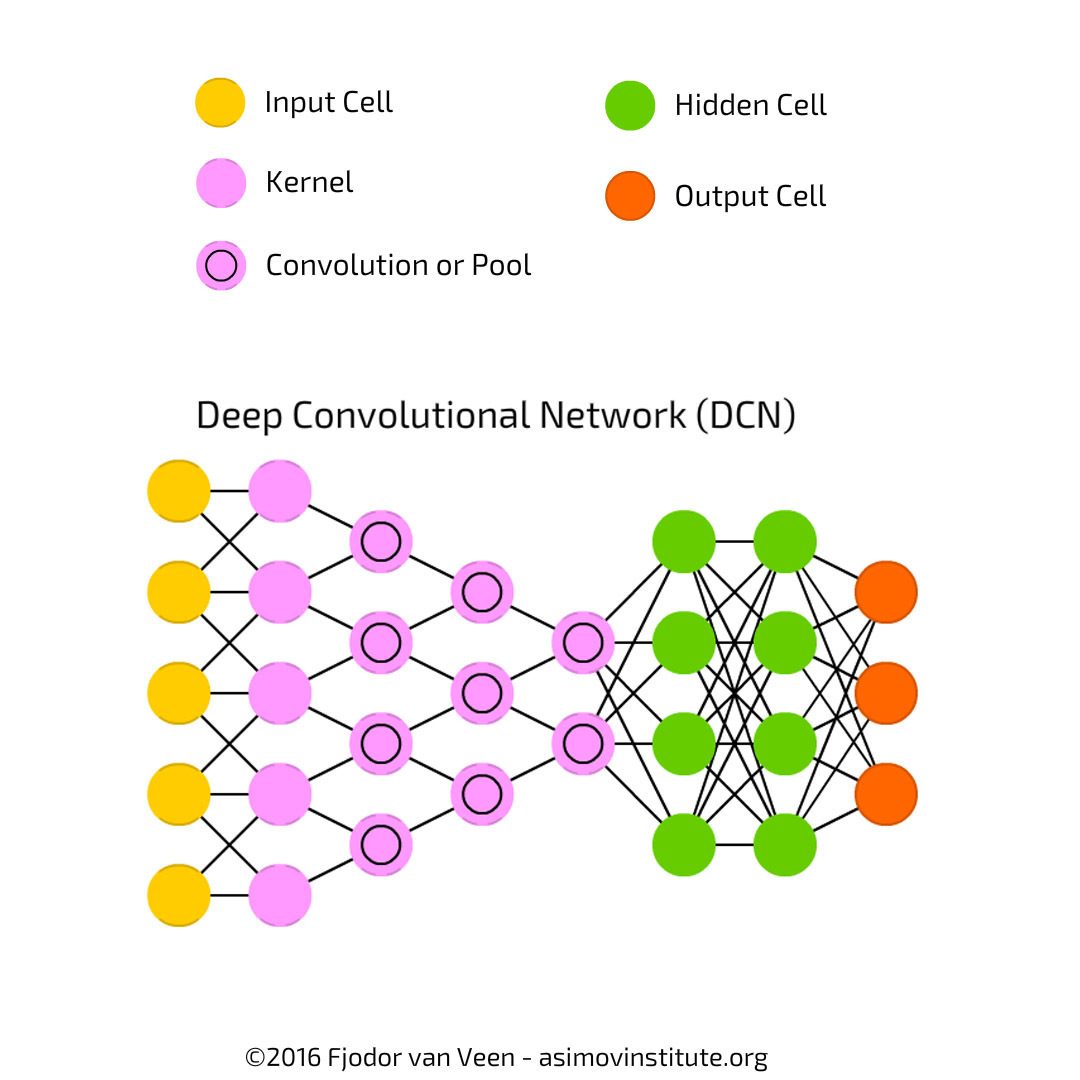
The deep learning network recognizes the product from the available image material. It can also learn the various features itself. However, a conventional machine learning system relies on data that you have entered manually.
However, the deep learning model also needs to be trained. This can take a lot of time. Without the right hardware, this can sometimes take days or even weeks. By using a graphics processor, the effort can be reduced to a few hours, as a graphics processor can calculate several processes simultaneously.
How can you use deep learning?
Deep learning is particularly helpful if you want to perform complex recognition and classification tasks. If you are already using machine learning but sometimes reach its limits, then deep learning may be the right approach for you.
Deep learning is particularly suitable for medical applications or complex products, as there are often several dimensions here.
In the medical and life sciences sector, for example, deep learning can easily be used to automatically recognize certain cells. This is why deep learning is already being used in cancer research.
Deep learning is also used in quality control. As part of automation, products that do not meet your quality standards can be sorted out.
What do you need for implementation?
For a successful implementation of deep learning for the recognition and classification of patterns, suitable hardware and deep learning software are required.
The hardware consists of a vision system and a graphics processor. This graphics processor is best located on a special frame grabber, which you can install in almost any PC. The vision system can then be connected to the PC via the frame grabber, while most of the computing work is already done in the camera and the frame grabber. This frame grabber is available individually or the CXP 12 frame grabber is only available in conjunction with the Basler boost.
If you would like to use an even more compact and cost-effective system, we recommend Embedded Deep Learning. This system uses a combination of board-level cameras and embedded processing units. This ensures low unit costs and rapid operational readiness.
We would be delighted to help you realize your potential even more. Feel free to contact us if you have any further questions.
